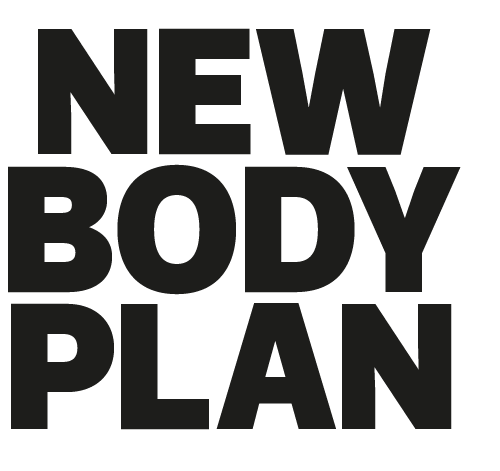How do to the reverse curl for forearm and bicep size and strength
Master the barbell reverse curl to build serious forearm size and strength as well as sculpt bigger, stronger and more defined arms, says New Body Plan creator and Men’s Fitness cover star Jon Lipsey
The reverse curl is a tough exercise. That’s why you hardly ever see anyone doing them. People tend to shy away from moves that are challenging and instead focus on the easier ones. Why? Because doing so makes them feel good.
But you know what? It doesn’t necessarily make them look good. And the reality is that in many cases, the exercises that are toughest are also the most beneficial. The barbell reverse curl is a great example of this. So dig deep, give it a go and be rewarded with forearms that would make even Popeye jealous.
Find your perfect fat-loss plan!
Take the New Body quiz!
What is a reverse curl?
The reverse curl is a bicep curl variation in which you take an overhand grip on the bar. That means the back of your hands are facing forwards at the start of the rep. With a traditional barbell biceps curl your hands are use an underhand grip.
Why should I do the barbell reverse curl?
The reverse curl is an excellent exercise for building forearm and grip strength. That’s useful for almost every exercise because your grip is often your weakest link in the strength chain. For example, when you fail a deadlift, it may be grip strength, rather than leg or back strength, that’s holding you back. What’s more, research published in the Lancet showed that stronger grip strength is linked to longer live expectancy. In short, there’s no downside to improving your grip strength.
What are the physique benefits of reverse curls?
The move will increase the size of your forearms. If you only ever do curls that target your upper arms, you’ll get upper arm development. But you’ll get minimal forearm development. And skinny forearms aren’t a great look. So to give yourself a balanced physique, you want to do some forearm and grip work.
What’s the difference between the dumbbell reverse curl and barbell reverse curl?
There’s not a huge amount of difference. With the barbell reverse curl your hands are in a fixed position. With the dumbbells your wrists can rotate. That might be a disadvantage when you get tired. There may be a temptation to cheat the exercise by externally rotating your wrists. With the barbell, there’s no way to cheat the move.
On the other hand, dumbbells allow you to do Zottman curls. This is a hybrid move contain elements of both the standard dumbbell biceps curl, the dumbbell hammer curl, and the dumbbell reverse curl.
When should I do the reverse curl?
It’s a move you should save until the end of your workout. It will fatigue your forearms and that is usually the limiting factor in any lift. If your forearms are tired and you try to do a big compound lift that requires a strong grip, such as the seated row, you’ll really struggle. So leave the reverse curl to the end of your session when you’re not relying on forearm strength to power other exercises.
How to do the perfect reverse curl
• Stand tall while holding a barbell in two hands with an overhand grip where your palms are facing towards you.
• Bend your elbows to curl the bar up to shoulder height.
• Lower the bar slowly to the start and repeat the move.
How to get better at the barbell reverse curl
Use different grips for forearm strength
To maximise the weight you lift, use a standard grip where your thumb grips the bar. To place more emphasis on the muscle at the top of the forearm, use an open grip. In an open grip your thumb rests on top of the bar, rather than helping to secure it.
Lift lighter weights to build muscle
You’ll be able to lift less weight in the overhand grip position than you can in the normal underhand grip position. You also want to pay attention to the speed of the lift. Don’t go for the heaviest weight you can manage and let the bar fall back to the start. Instead, control the negative (eccentric) phase of the lift by lowering the bar for a count of four.
Reverse curl alternatives
Dumbbell reverse curl
This variation will help to ensure that both arms are equally strong. It’s also the obvious choice if you’re training at home and only have a set of dumbbells.
EZ bar reverse curl
This option is potentially kinder on the wrists and elbows. You perform the rep with your wrists in a slightly rotated position. Use it if the barbell version causes any joint soreness.
Flat bar cable reverse curl
This is a really good cable machine option because the cable keeps the tension constant throughout the rep.
Zottman curl
In this hybrid move you do a normal dumbbell curl on the way up. Then you rotate your wrists 180 degrees and do a reverse curl on the way down.
Find your perfect fat-loss plan!
Take the New Body quiz!

